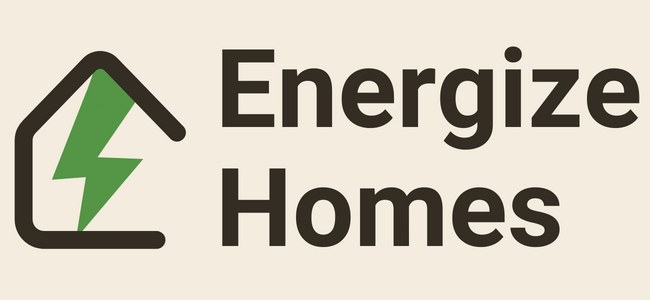Smart Insulation Materials: The Future of Temperature-Responsive Home Energy Efficiency
Smart insulation materials such as Phase Change Materials, Aerogels, and Shape Memory Alloys exist, and they are designed to react dynamically to temperature changes for enhanced energy efficiency in homes.
In the evolving landscape of residential energy conservation, the role of insulation materials cannot be overstated. Insulation is no longer just rolls of fiberglass tucked between your walls; advancements have paved the way for smart insulation materials that adapt to temperature changes. These high-tech options go above and beyond traditional insulation types to improve energy efficiency and comfort in homes.
Phase Change Materials (PCMs)
Phase Change Materials are at the forefront of smart insulation technology. These materials are capable of storing and releasing thermal energy when they transition between solid and liquid states. This property is known as latent heat storage. PCMs can be encapsulated in walls, ceilings, and floors, where they absorb excess heat when temperatures rise and release it when temperatures drop.
Table 1: Common Types of PCMs
| Material | Melting Point (°C) | Latent Heat Storage (kJ/kg) |
|---|---|---|
| Paraffin | 18-30 | 200-250 |
| Salt Hydrates | 21-32 | 100-150 |
| Fatty Acids | 20-29 | 180-230 |
Aerogel Insulation
Aerogels are low-density materials derived from a gel in which the liquid component has been replaced by air. Due to their porous structure, aerogels have high thermal resistance, making them highly efficient insulation materials. Some aerogels even come with temperature-responsive properties that enable variable thermal conductivity depending on environmental conditions.
Shape Memory Alloys (SMAs)
Shape Memory Alloys are metals that “remember” their original shape and revert to it upon heating or cooling. While not primarily an insulating material, they can be used in smart windows or dynamic venting systems to control heat flow passively.
Table 2: Popular SMAs and their Transition Temperatures
| Alloy | Transition Temp (°C) |
|---|---|
| Nitinol | 45-100 |
| CuAlNi | 70-120 |
Electrochromic Materials
Although not a traditional insulation material, electrochromic smart windows adjust their tint to control light and heat influx. By applying a small electrical charge, these windows can change from transparent to opaque, therefore regulating heat exchange.
Micro-encapsulated Insulation
These are traditional insulation materials such as foam or fiberglass that have been enhanced with micro-encapsulated PCMs. They bring the best of both worlds by offering the thermal stability of conventional materials and the dynamic temperature responsiveness of PCMs.
Future Outlook: Nanotechnology
The horizon holds promise in the realm of nanotechnology. Nanoscale materials are being developed to create a new class of insulation materials with temperature-responsive capabilities. These advanced materials have the potential to further improve energy efficiency in homes.
Conclusion
Smart insulation materials like Phase Change Materials, Aerogels, and Shape Memory Alloys are revolutionizing the way homes manage energy. These advanced materials actively adapt to temperature changes, optimizing thermal comfort and energy usage.
